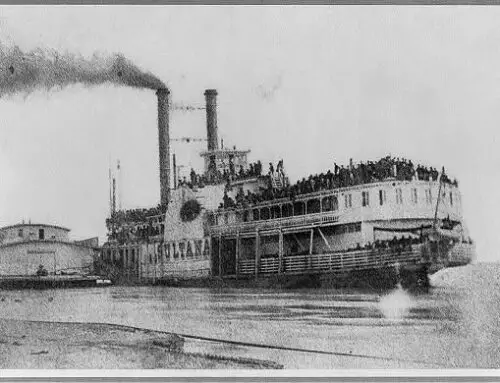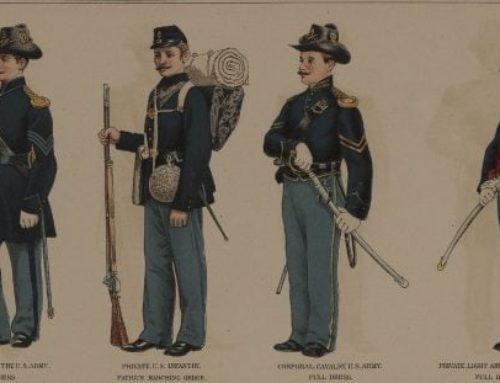Civil War pictures presented a huge technological leap forward when it came to showing images of war. The Civil War was the first war in history that was captured through the lens of a camera.
Prior wars were shown through paintings. The paintings were merely how the artist imagined a battle or an event.
In many cases the painter was not even at the actual locations during the battle he later painted.
The main problem with paintings is that they glorified war and made it look like something to be admired.
Civil War pictures quickly changed the way people now saw war.
Mathew Brady is one of the most well known Civil War photographers during the war. His photography studio and his photographers brought the cruel reality of war to the home front.
No longer would warfare ever be seen in the same light again. Civilians could now see for themselves the true horror of war and the reality of death and carnage that before didn’t seem to really exist.
Alexander Gardner working for Brady was responsible for taking many of the most famous Civil War photographs, including the famous pictures of the aftermath of the battle of Gettysburg and Antietam.
Northern photographers took most Civil War photographs that we are familiar with today. Only a small percentage of pictures were taken by southern photographers.
This is not because the south had inferior photographers or equipment. The reality is that the south actually produced a lot of Civil War pictures. Most of these pictures were destroyed either by accident or intentionally. Southerners were greatly affected by their defeat and many did not want anything that would remind them of their failure so they simply destroyed many pictures.
This is incredibly unfortunate for people today. There are many Civil War photographs that we simply will never see because they were never preserved. Luckily not all of the southern Civil War photographs were destroyed and many were saved. The Union saved virtually all of their pictures which number easily in the thousands.
In the end Civil War photography was one of the greatest legacies to come out of the conflict. It brings the war alive unlike any previous conflict in world history.































